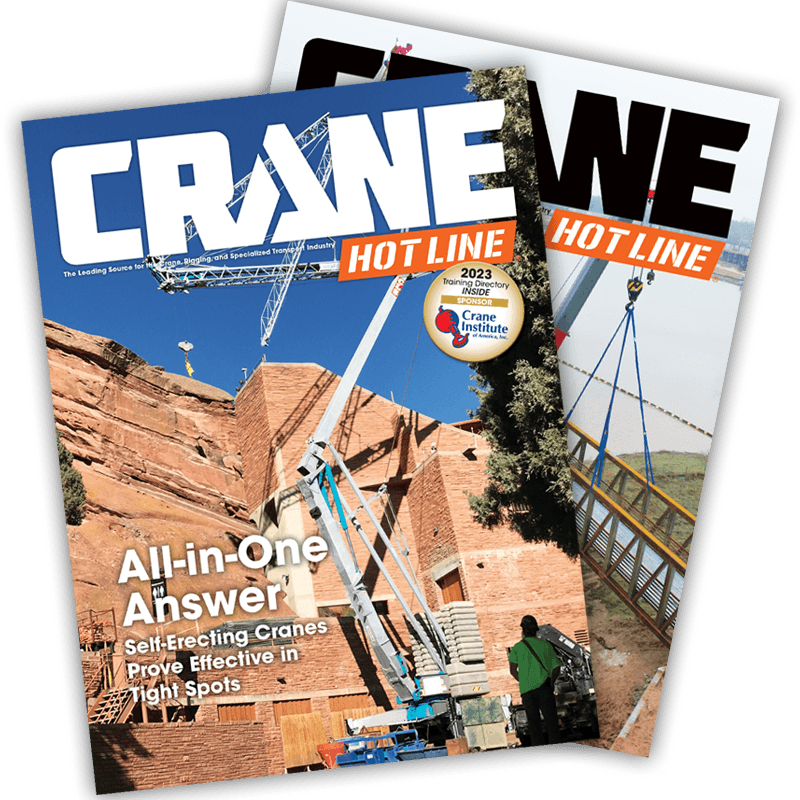Fool Me Three Times
Katie Parrish

An unprecedented third crane tipped over on the COSMIX project last week, raising major concerns within the crane industry and OSHA. This time, the lattice boom crane was one of two lifting concrete girders. According to the project spokesperson, the “crane buckled and dropped one end of the girder onto the off-ramp” during the second of eight picks. Fortunately, police were already on-site because of lane closures, and a hasty state trooper halted traffic as he saw the boom going down. No one was injured in the third incident.
The Colorado Department of Transportation's reaction to the two previous accidents was bewildering, at best. The organization placed a stop-work order on the type of crane rather than the contractor or the entire project, making it seem as if the rough-terrain cranes alone posed a greater risk than any other equipment on the job or the workers operating them. Even after the order was placed, the local
Over the summer, I asked Brad Closson, president of Craft Forensic Services,
In last week's accident, the crane, contractor, and application were different. “Each operation was doing something different,” a project manager told the local press. “So it's hard to say (if) they're related or not. You kind of scratch your head and wonder why we've had three.”
But had an investigation of the entire project • including all contractors involved • been performed six months ago, a third incident may never have occurred. Instead, the DOT previously blamed the RT crane for the accident and halted the use of these machines. This may have let under-qualified operators off the hook, and excused unsafe lifting practices.
Don't get me wrong • there are many skillful, well-trained crane operators running cranes across the country. And as the industry pushes for safer jobsites with more training and an increasing number of states continue to require crane operator certification, we can only expect the result to be even more educated crane operators. However, training and accountability needs to be at all levels of a company • from the equipment operators to the project owners.
After the third COSMIX crane accident, Rick Raef, a heavy construction safety consultant for Willis Group Holdings,
“Crane accidents like the three in Colorado Springs indicate a substantial need for a return to old school training in the tried and true virtues of weight, balance, gravity, the characteristics of various soil types, the effects of wind, and the basic ability to add and subtract among dozens of other subjects that have a direct effect on whether a crane stands or falls,” he said. “We tip our very humble hat and give recognition to the many fine qualified and experienced crane operators in the industry today. Unfortunately, in our travels we also still continue to see crane operators on machines with marginal training, a lack of experience, a diminished sense of danger and a sometimes frightening lack of mathematical ability, or even the ability to read and understand a load chart • or an operator's manual, for that matter.”
With hurry-up-and-get-it-done mentalities, Raef said individuals are put in charge of crane operations who have no basic understanding of what a crane needs in order to do the job, and they continue to try to make cranes accommodate the conditions of the job rather than make the job accommodate the specific needs of the crane.
As the investigations into the three COSMIX crane accidents continue, I urge the organizations conducting the investigations to look beyond the crane. Find out the operators' level of training; if they were pressured to get the job done more quickly than they felt comfortable; and if the cranes used were capable of handling the job. Find the source of the problem, and put an end to this series of accidents.


